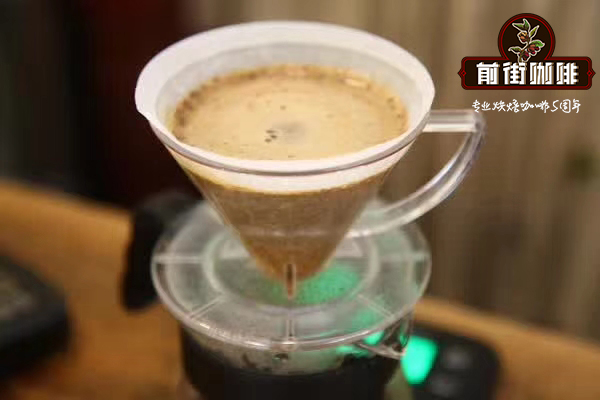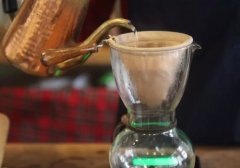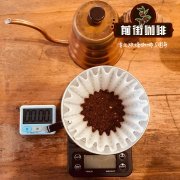What is the difference between coffee honey treatment of coffee black honey, red honey, yellow honey and white honey

Professional coffee knowledge exchange more coffee bean information please follow the coffee workshop (Wechat official account cafe_style)
Honey treatment method
Honey treatment, called HoneyProcess or Miel Process, is used in coffee gardens in Costa Rica (Costa Rica), Panama (Panama) and Guatemala (Guatemala), which is called Honey Coffee. The so-called honey treatment refers to the process of making raw beans with mucous membrane for sun-drying. After the outer pulp of the coffee bean is removed, there will be a layer of sticky jelly. The traditional washing method washes it away with clean water, but this direct drying method has been born because of the limitations of water resources in some high-altitude areas.
Juxtaposed with the two traditional treatment methods, water washing and sun treatment, honey treatment has become a unique method in coffee treatment. The taste difference between honey treatment and water washing treatment: higher sweetness, higher sugar content and higher alcohol thickness (under the premise of the same baking degree)
Honey treatment keeps the coffee clean after washing, and although the brightness of the coffee decreases, it increases the sweetness and caramel taste. According to the different degree of honey treatment, honey-treated coffee can be divided into yellow honey treatment, red honey treatment and black honey treatment.
According to NordicApproch, Seattle Coffee and Origin Coffee, the raw bean companies run by the big shot Tim, it can be summed up:
Yellow honey: about 40% of the pectin is removed; the drying method requires the most direct heat absorption, receives the most light drying, and lasts for about 8 days to reach a stable water content.
Red honey: about 25% of the pectin is removed; it takes longer to dry than yellow honey, and reduces direct exposure to sunlight, even in shading sheds, lasting about 12 days.
Black honey: retain close to 80% pectin; dry for the longest time, lasting at least 2 weeks, with a cover to avoid too strong sunlight, prevent drying too fast, and make sugar conversion more fully. 、
Important Notice :
前街咖啡 FrontStreet Coffee has moved to new addredd:
FrontStreet Coffee Address: 315,Donghua East Road,GuangZhou
Tel:020 38364473
- Prev

What is the proportion of powder to water in flannel coffee? flannel extraction parameters
Professional coffee knowledge exchange More coffee bean information Please pay attention to coffee workshop (Weixin Official Accounts cafe_style) Before we have compared the choice of grinding degree when brewing blue mountain coffee with flannel, let's take a look at what proportion of powder and water should be chosen when brewing blue mountain coffee with flannel? | flannel filter cloth because the pores are larger than filter paper,
- Next

Effect of Coffee extraction temperature on extraction what is the performance of insufficient extraction and excessive extraction
Professional coffee knowledge exchange more coffee bean information Please pay attention to the coffee workshop (Wechat official account cafe_style) insufficient extraction and excessive extraction two problems of insufficient extraction, that is, the flavor of coffee is not fully extracted by water, at this time if it is espresso, the color will be lighter and more sour. If you get rid of the phenomenon of rough deficiency, the taste will often be sour. Excessive extraction of coffee
Related
- What is the meaning of lactic acid fermentation with coffee bean treatment?
- How to judge the state of foam by sound?
- How does the latte pull out the unicorn pattern? Come to get for a little trick to improve the flower pull!
- Will flower pulling affect the taste of the latte?
- Do you know the history of coffee?
- The difference between honey treatment and sun washing what is raisin honey treatment?
- What kind of milk can a novice use to make coffee foam to keep the foam longer? The correct method and skills of milking tutorial sharing
- Why do washed coffee beans taste sour? Flavor characteristics of washed Coffee
- Introduction to the skill of how to practice the size and height of water injection around the circle of hand-brewed coffee
- How do beginners practice coffee flower drawing from scratch?

